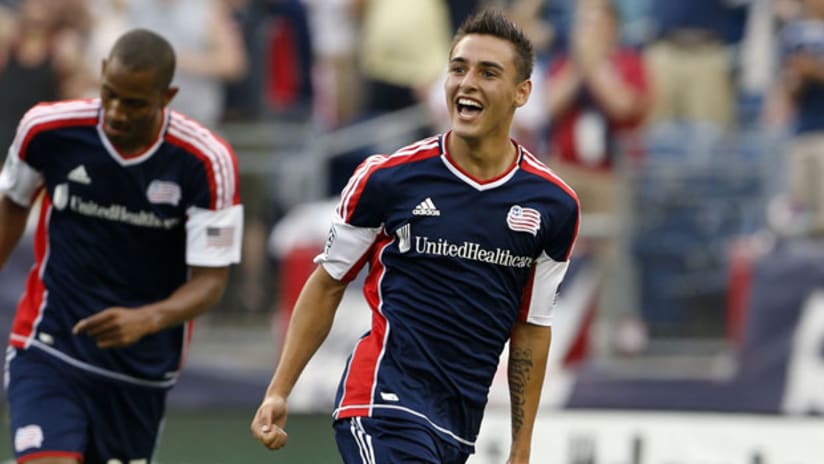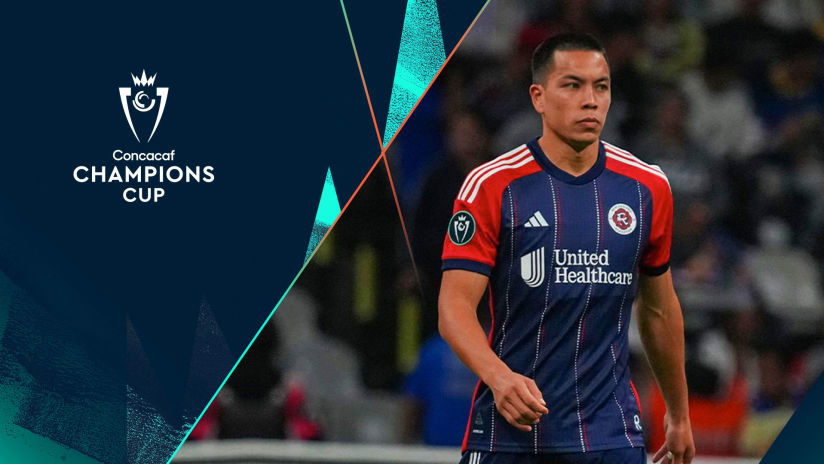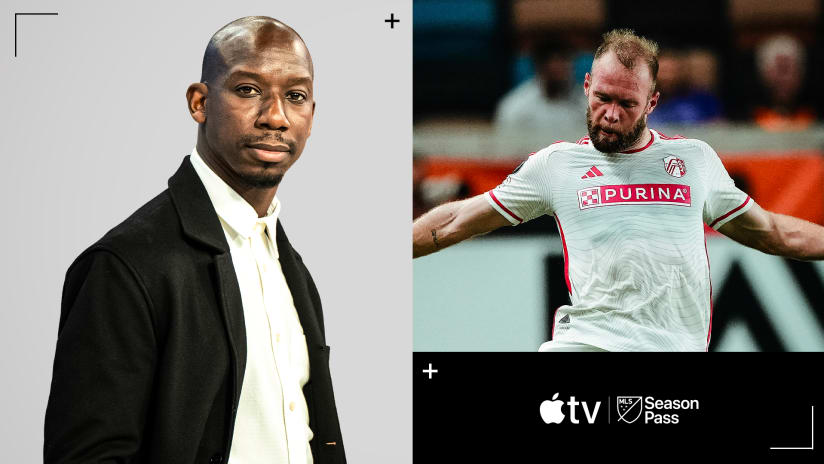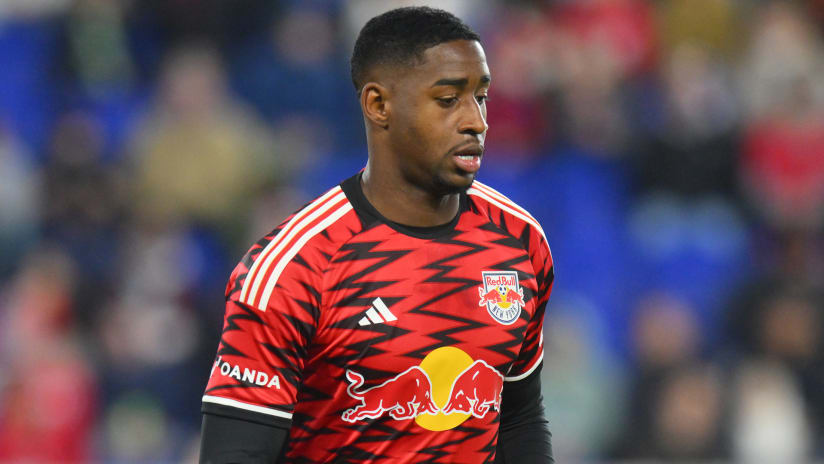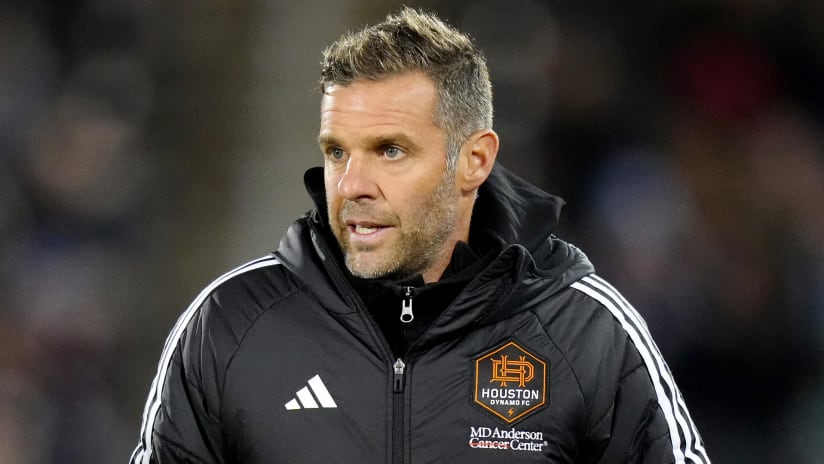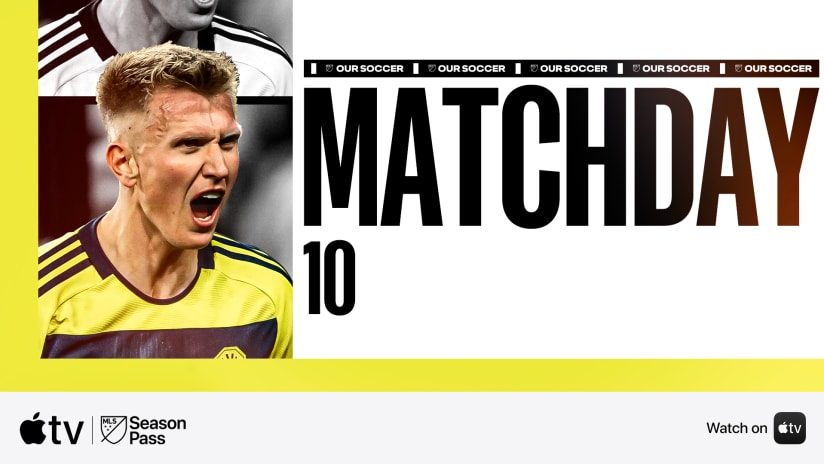When Clint Dempsey departed for Fulham six years ago, he left behind a tangible legacy that paved the way for Scott Caldwell and Diego Fagundez to work their way into MLS.
New England used some of the funds generated from Dempsey's departure to start its academy program. The club has signed two players in Caldwell and Fagundez during that time – two players now entrenched in its starting XI – and watched scores more transition into college soccer. And the prospect of picking out future additions at some point down the line – perhaps capable of mirroring the contributions of Caldwell and Fagundez to the Revolution so far this season – provides encouragement for the future.
“When we started our program four or five years ago, this is kind of what we were hoping for and envisioned,” Revolution general manager Michael Burns told MLSsoccer. “It changes a bit when you actually have the players. When we envisioned it, we didn't know it'd be Diego, it'd be Scott Caldwell. Those guys have come in and done a really good job. We're glad they came through our program. They should serve as the poster children for the other players in our academy.”
It isn't a matter of identifying fully-formed players like Caldwell and Fagundez and ushering them through to the first team, though. The Development Academy system – a concept embraced by all 19 MLS teams – cultivates talent throughout the year. Each club embarks upon that goal with its own philosophy. Some clubs in talent-rich areas push players through to the first-team to accelerate their development and ward off potential interest from overseas. Other teams – like the Revolution – adopt a more selective approach suited to their own needs.
“For us, it's always been a process,” Revolution director of youth development Bryan Scales said. “It's about being challenged every week and challenged every weekend. Whether that means our players are ready to go play at the top universities in the country like Scott did or whether they're ready to sign straight out of the academy like Diego did, we want to make sure the process is right. If the process is right, then we feel the rest will take care of itself.”
Consistent progress on the field offers some validation for the structure already in place. Several of the club's brightest young stars spent the week in Houston after the under-18 squad advanced to the Development Academy finals. Those sorts of opportunities – difficult matches against good opponents, even without the desired successes – foster further development for a group of players with designs on continuing their careers in college and in the professional ranks someday.
“First and foremost, we want to concentrate on the individual development of these players,” Scales said. “We want to move players into the first team – that's the priority. Having said that, the best way to do that is within the structure of the team. Our teams have the opportunity to do some special things – being able to qualify for Finals week, go to South Africa, play the top teams in our division and around the country. It gives all of our players a great opportunity to grow.”
At some point, the players will chart their own path when their time with the Revolution Academy ends. More than a few of them will hope to emulate Caldwell and Fagundez. Most, if not all, will follow a different path. But for the Revolution as a club, the continued presence of those players in the pipeline supplies some hope that these efforts will strengthen the first team with further options as the years progress.
“We're looking for the guys where this [trip to finals week] is not the highlight of their career,” Burns said. “We want the guys who are going to play for the first team. They know it. Our coaches know it. For the majority of the kids, it won't be the case. But if we can continue to develop good players and better teams, we do feel confident that we'll have more guys come through the program who end up playing for the first team.”

